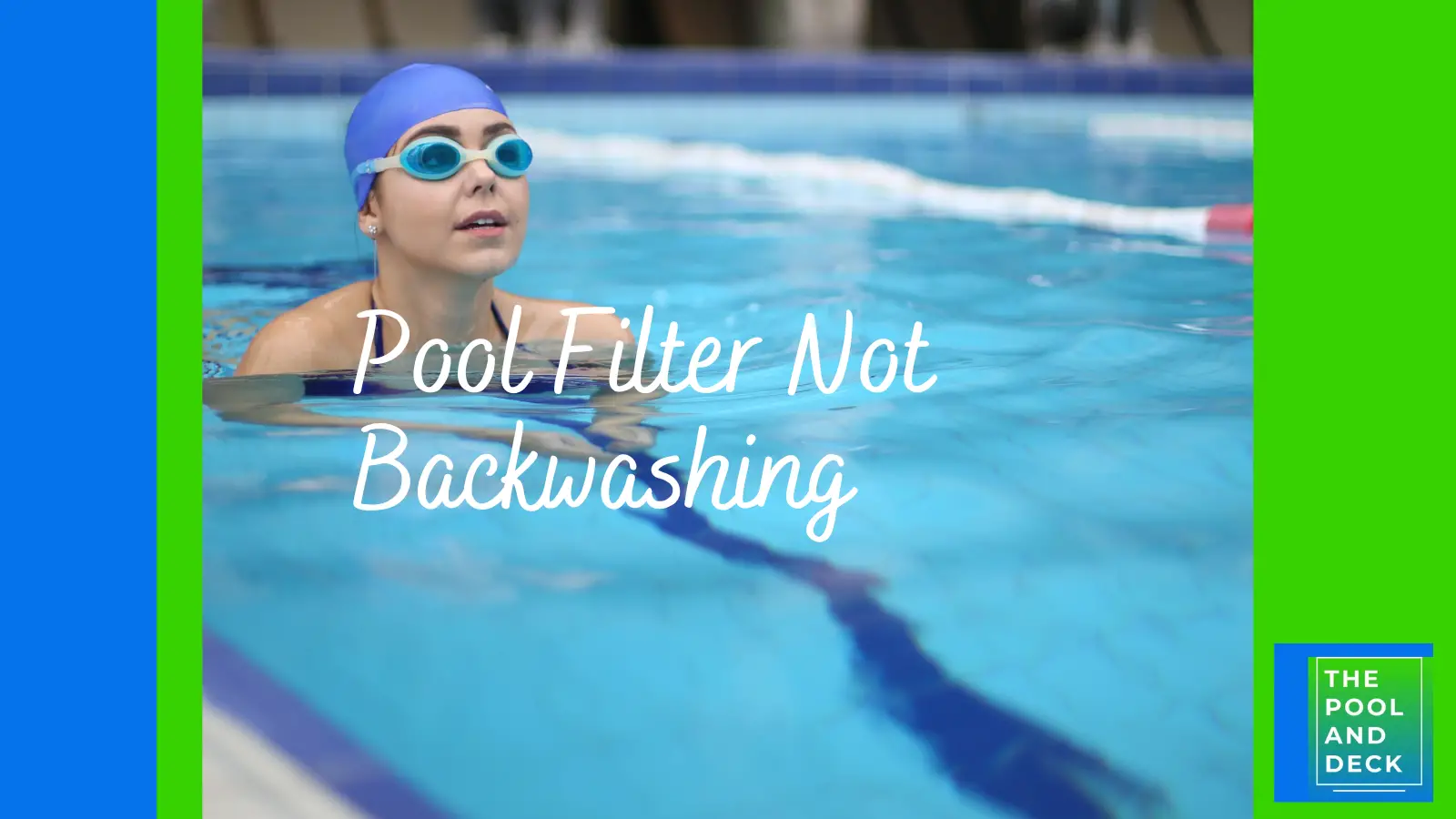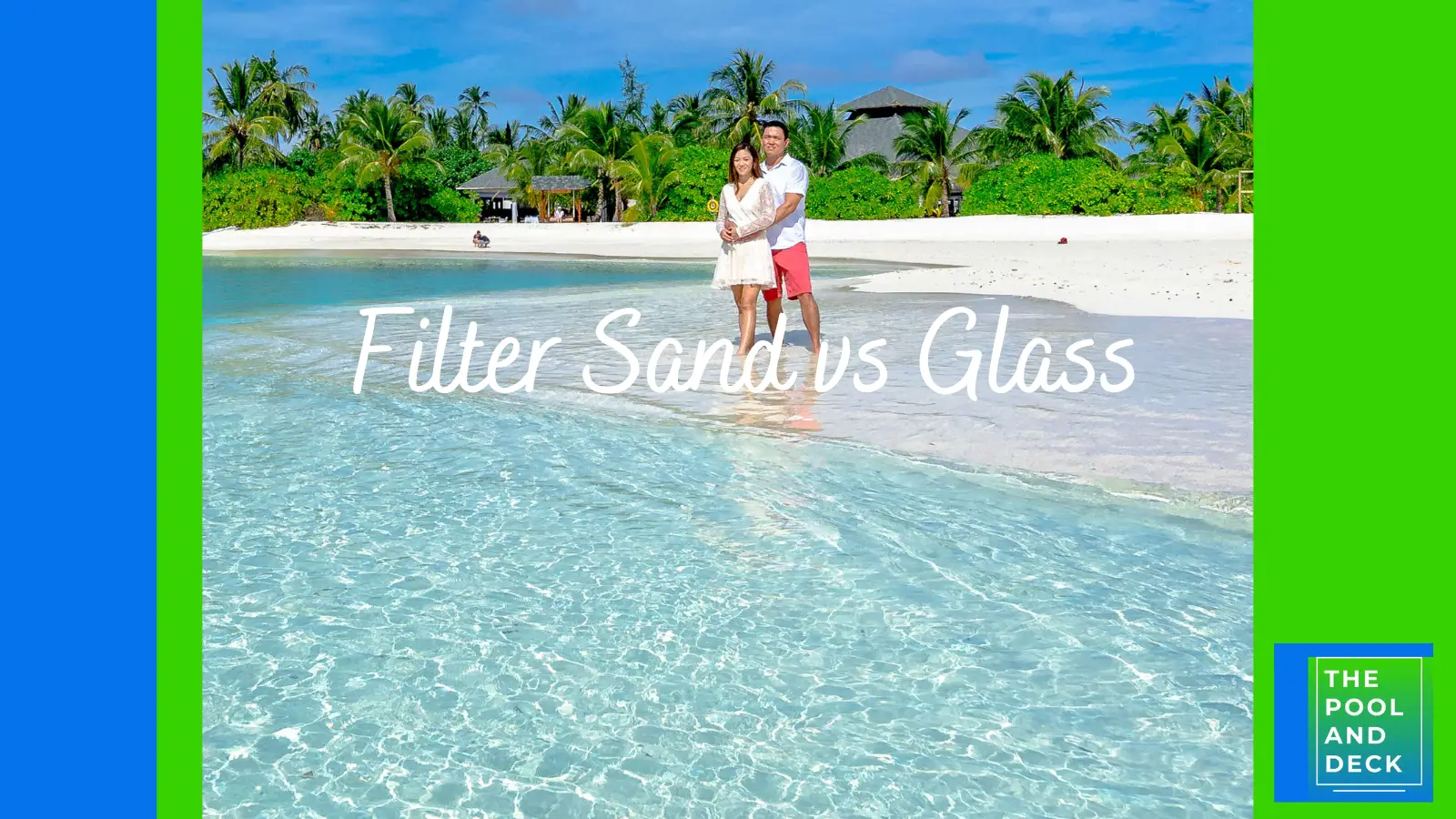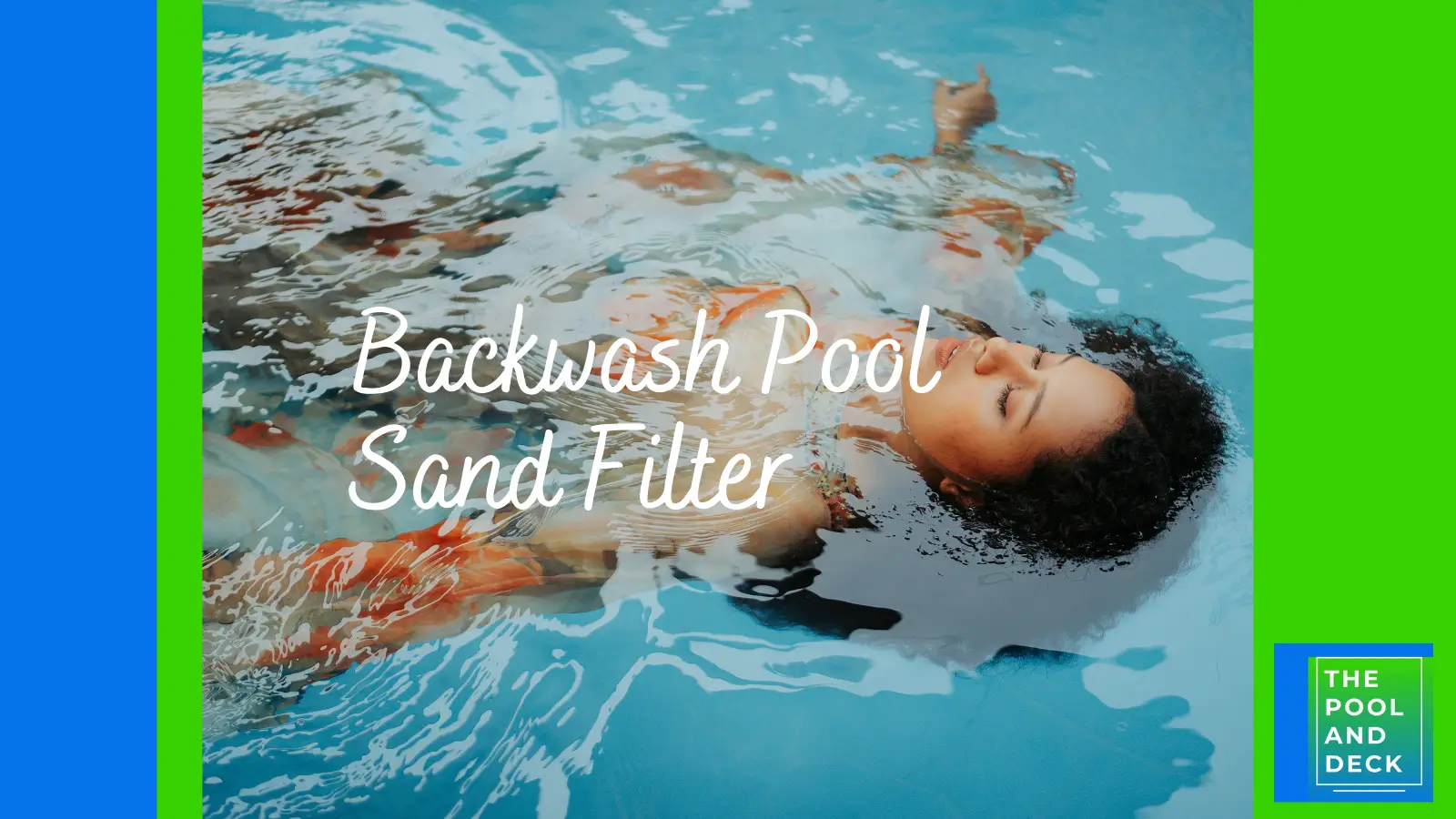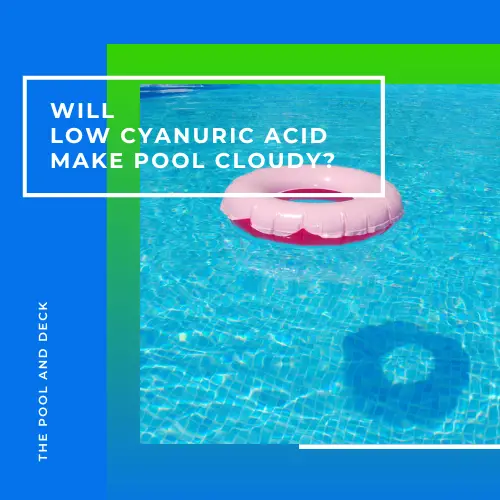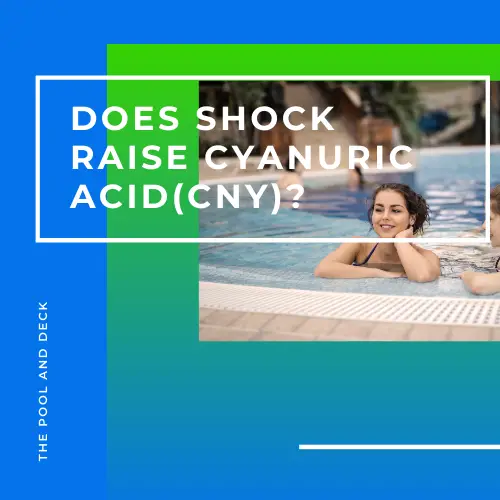Types of Pool Algae: A Comprehensive Guide
As an Amazon Associate, I earn from qualifying purchases.
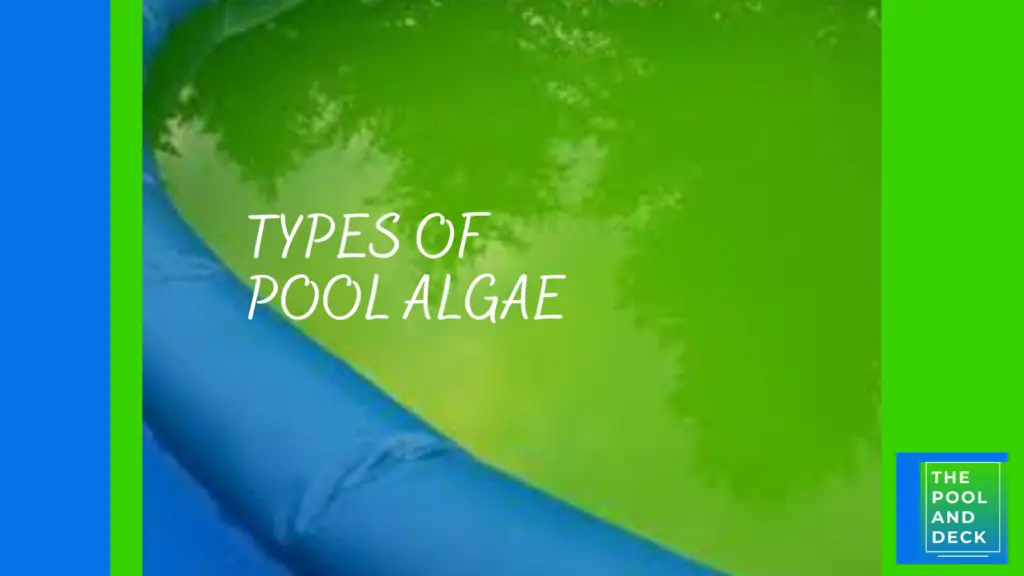
Your swimming pool is an oasis of relaxation and fun, but it requires proper care to maintain its pristine condition. Algae, microscopic plant-like organisms, can quickly transform your crystal-clear pool into a murky, unpleasant mess.
There are 5 types of pool algae that you need to watch out for. Here is a quick summary of what you will find out in this article:
Table of Contents
A Quick Summary of the Types of Pool Algae
| Algae Type | Color | Appearance | Treatment | Prevention |
|---|---|---|---|---|
| Green Algae | Green | Slimy film | Shocking with high chlorine levels, brushing pool surfaces | Proper water balance, algaecides, robust filtration and circulation systems, regular cleaning, and vigilant water testing |
| Yellow Algae | Yellow | Patches, often mistaken for sand or pollen | Brushing affected areas, adding an algaecide specifically formulated for yellow algae, shocking the pool with chlorine | Proper water chemistry, regular brushing, and ensuring adequate pool circulation and filtration |
| Black Algae | Black | Dark, stubborn spots, often resembling mold | Vigorous brushing, using a specialized pool brush and a strong algaecide | Proper water balance, robust circulation, and regular pool surface brushing |
| Blue-Green Algae | Greenish-blue | Slimy patches | Physical removal, shock treatment with an appropriate algaecide | Minimizing nutrient levels through regular pool cleaning, maintaining proper water chemistry, and using phosphate removers as needed |
| Pink Algae | Pink or red | Slime, often mistaken for bacteria | Brushing affected areas, shocking the pool with chlorine, and regular use of a suitable algaecide | Maintaining proper chlorine levels, regular pool cleaning, and ensuring robust water circulation |
Green Algae: The Most Common Pool Algae
Green algae, the most prevalent pool algae, imparts a distinct green tint to the water. It can manifest as floating particles or cling to pool surfaces, forming a slimy layer. The green color comes from chlorophyll, the same pigment found in plant leaves.
Green algae flourish in unbalanced pools with inadequate sanitization. Ample sunlight, warm temperatures, and nutrient-rich water provide ideal growth conditions. Poor circulation and filtration systems further contribute, allowing green algae to establish and spread effortlessly.
The most effective treatment to get rid of green algae involves shocking the pool with high chlorine levels. This sghould be followed by brushing pool surfaces so as to dislodge the dead green algae.
If the extent of green algae was small, use of clarifier, filtration and backwashing will get rid of the dead algae. However, if your pool had an “algae bloom” then you are better off using a flocculant to sink the dead algae to the pool floor and then using a pool vacuum to eliminate them from the pool.
To prevent recurrence, maintain proper water balance, employ algaecides, and ensure robust filtration and circulation systems. Regular cleaning and vigilant water testing are essential for maintaining a clear, healthy pool.
Yellow Algae: The Stubborn Pool Algae
Yellow algae, often mistaken for sand or pollen, typically forms on pool walls and in shady areas. Its mustard-like hue sets it apart from other algae. Unlike green algae, it forms in patches and can be challenging to eliminate.
Yellow algae thrives in poorly sanitized and unbalanced pools. It commonly takes hold in areas with insufficient circulation and sunlight exposure. Pool equipment, toys, or swimsuits can harbor and spread these resilient algae cells.
Effective treatment involves brushing affected areas and adding an algaecide specifically formulated for yellow algae. Shocking the pool with chlorine is also important and necessary.
Prevention includes maintaining proper water chemistry, regular brushing, and ensuring adequate pool circulation and filtration. Promptly address any signs of yellow algae to prevent its stubborn recurrence.
Black Algae: Another Stubborn Pool Alage
Black algae is easily identifiable by its dark, stubborn spots that often resemble mold. It typically takes root on pool surfaces like plaster, concrete, or vinyl. Its hard, protective outer layer makes eradication a challenge.
Black algae thrives in cracks and crevices of pool surfaces, finding a foothold in areas with poor water circulation and insufficient sanitizer levels. It can withstand standard chlorine levels, making it resistant to routine sanitization efforts.
To effectively treat black algae, vigorous brushing is essential to break through its protective layer. Using a specialized pool brush and a strong algaecide is crucial.
Prevention involves maintaining proper water balance, robust circulation, and regular pool surface brushing to deter black algae from taking hold. Early detection and swift action are key to effectively managing this persistent algae type.
Blue-Green Algae: The Bacterial Algae
Blue-green algae, also known as cyanobacteria, often appear as slimy, greenish-blue patches on pool surfaces. Unlike true algae, cyanobacteria are bacteria that can photosynthesize. This unique ability allows them to produce their own food and thrive in various aquatic environments.
Cyanobacteria flourish in nutrient-rich water with high phosphate levels. Warm temperatures and inadequate circulation further contribute to their growth. Stagnant water and debris buildup create favorable conditions for cyanobacteria to thrive.
To effectively address cyanobacteria, you need to physically remove as much of it as possible, followed by shock treatment and an appropriate algaecide.
Prevention involves minimizing nutrient levels through regular pool cleaning, maintaining proper water chemistry, and using phosphate removers as needed. Vigilant maintenance is essential to preventing the resurgence of cyanobacteria.
Pink Algae: A Bacteria Misnamed as Algae
Pink algae, often mistaken for bacteria, manifests as pink or red slime on pool surfaces. It tends to favor corners, steps, or any shaded areas. Despite its name, it’s not a true algae but rather a type of bacteria known as “Serratia.”
Pink algae thrives in low chlorine environments and areas with inadequate water circulation. Its growth is often facilitated by pool toys, equipment, or surfaces where stagnant water and organic debris accumulate.
Effectively treating pink algae involves brushing affected areas and shocking the pool with chlorine. Regular use of an appropriate algaecide is also recommended.
To prevent the growth of pink algae, maintain proper chlorine levels, clean your pool regularly and ensure adequate water circulation. Prompt action and consistent maintenance are essential to prevent pink algae from taking hold.
Essential Prevention Tips for Preventing All Types of Pool Algae
Algae, are microscopic organisms but have the power to turn a once-inviting pool into a murky mess. As a pool owner, you must take every possible step from messing up your pool.
Thankfully, with proper preventive measures, you can effectively combat growth of all types of pool algae growth and maintain a crystal-clear pool.
Maintaining Proper Pool Water Chemistry:
Maintaining proper pool water chemistry is the first step towards creating an inhospitable environment for algae. Regularly test and adjust your pool’s pH, alkalinity, and sanitizer levels, ensuring they fall within the recommended ranges.
Balanced pool water chemistry not only inhibits algae growth but also enhances water clarity and swimmer safety.
A must read: Pool Chemistry for Beginners: With 5 Super Helpful Cheat Sheets!
Regular Cleaning and Brushing Routines:
Consistent cleaning and brushing are indispensable in preventing algae infestations. Promptly remove debris, leaves, and any organic matter that could provide nutrients for algae growth.
Brush pool surfaces weekly, paying particular attention to corners, steps, and other nooks and crannies where algae tend to take hold.
Know the right technique of How To Brush Your Pool? (The Best Way Explained!)
Effective Use of Algaecides:
Algaecides serve as an additional layer of defense in your pool maintenance regimen. Choose algaecides specifically formulated for your algae type and follow the recommended application guidelines.
Algaecides are particularly beneficial during periods of heavy pool use or when weather conditions favor algae growth.
Find out why it is better to be proactive. Check out Should I Put Algaecide In The Pool Before It Rains? (Is It Helpful?)
Importance of Adequate Circulation and Filtration:
Adequate water circulation and filtration are essential for preventing stagnant water, a breeding ground for algae. Ensure your pool’s circulation system is functioning properly and that the filtration system is clean and efficient.
Read The Best Way to Put Algaecide In Pool: Why Good Circulation Helps?
Regularly backwash the filter and remove any obstacles that may impede water flow. A well-circulated and filtered pool is less susceptible to algae infestations.
Thank you very much for reading the post. I do hope you found it informative and helpful.

